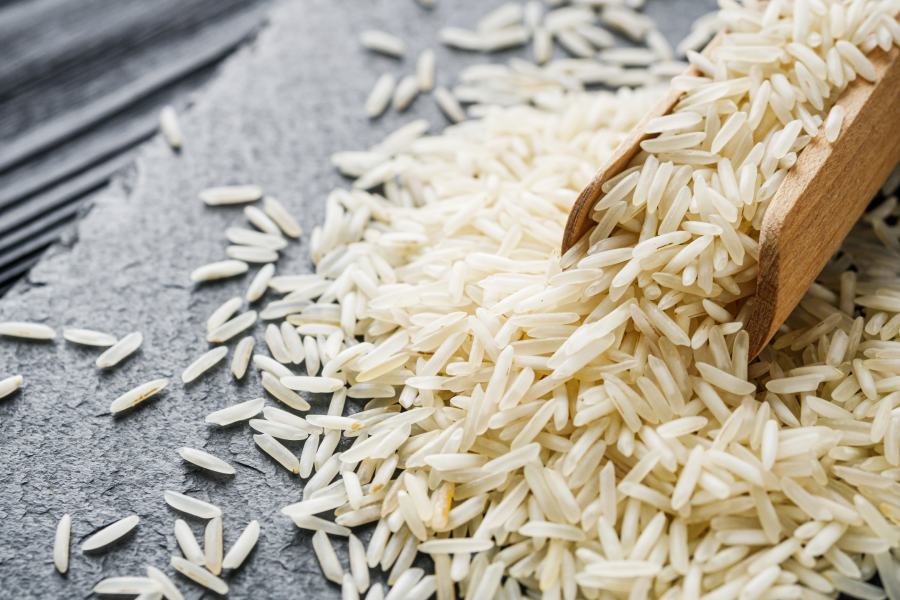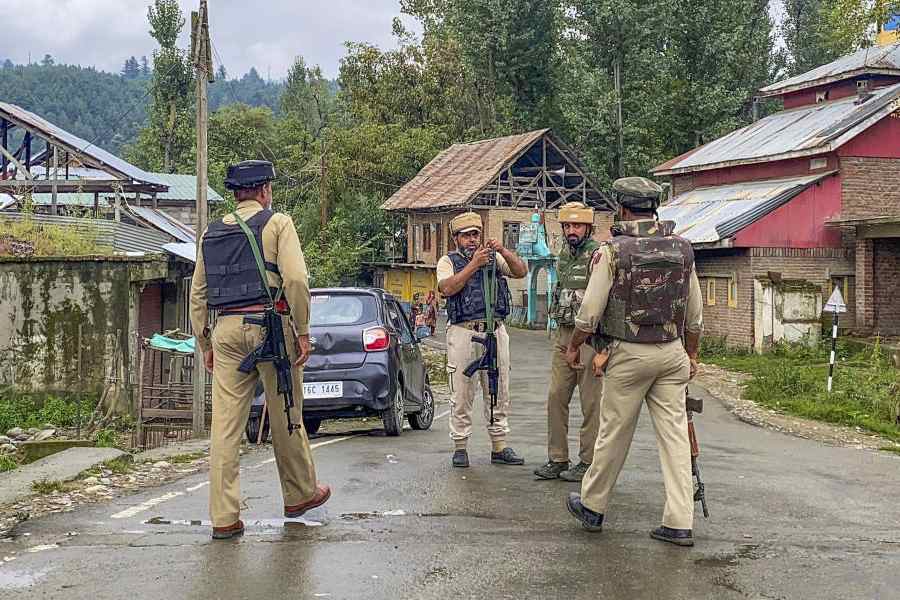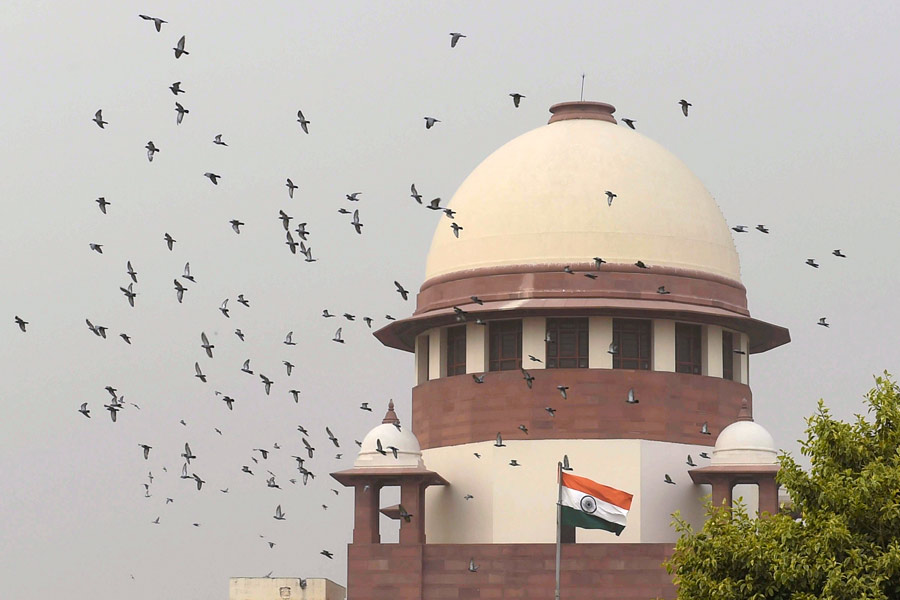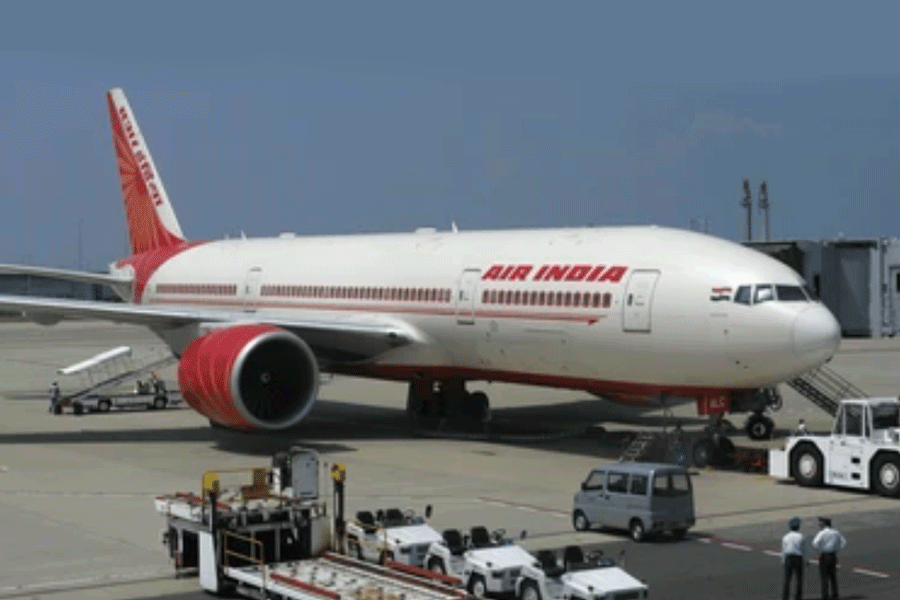The Old Testament has a story about a king, who tried to build the tallest ever structure to reach heaven, but was outwitted by a jealous and wrathful God, who created a babel of confusion among the workers. According to one of the eighteen Ramayans, Ravan wanted to build a stair-way to heaven but was tempted by God to abduct Sita instead, which led to his own and his kingdom's destruction. In Delhi, Allauddin Khilji started building a tower to mark his victories and dwarf Qutab Minar but could build only the first level, and the unfinished structure stands as a dwarf beside Qutab Minar.
As a student in the 1940's, I was taught that the Empire State Building in New York was the tallest high-rise in the world. Three decades later, the World Trade Centre in New York rose higher and The Sears Tower in Chicago rose higher still.
A few decades later, the Petronas Towers in Kulalampur was described as a taller structure than the ones in the USA and a few years ago the awesome Burj Khalifa in Dubai dwarfed all towers built earlier. Structures taller than these may come up in future causing concerns about their safety and the safety of thousands of lives.
The horrible memory of the way the twin towers of the World Trade Centre collapsed twelve years ago is still fresh in our minds, and has not only mutilated the New York skyline but has left a scar on the American psyche, which has been tortured by nightmares ever since.
Tall towering structures could also take the form of gigantic statues such as the Colossus at Rhodes, a wonder in ancient times, which no longer stands there now. Now there is talk of building the tallest ever statue on the Narmada — that of Sardar Patel, one of the makers of modern India, who unified this subcontinent of several kingdoms into a mighty nation of more than 1200 million people. It is said that it will be the tallest statue in the world and its construction is estimated to cost an astronomical amount of several thousand crores.
I have no doubt in my mind that the rivals of the man, who has conceived this project, will build taller structures in future at higher costs. There are already reports in the press of a taller statue of the Buddha in Uttar Pradesh and a taller temple in Bihar. When such expensive monuments come up in a vulnerable country such as India situated between two militarily powerful countries, equipped with long range missiles with nuclear warheads, the nation will be forced to spend a fabulous amount of money for their protection involving round-the-clock aerial surveillance, not to speak of the nightmarish sense of insecurity caused by the threat perception in the minds of the people of our country.
Is it necessary to have such expensive structures in a developing country where the basic necessities of life such as food for men and cattle, water for drinking and irrigation, clothing for different seasons are still on the want-list?
The money needed for their construction, upkeep, and protection could be better spent on welfare measures such as better roads and railways, better education, better hospitals, better generation of power and its supply to the dark parts of our country, better drinking water and irrigation facilities for our agriculture, more hygienic and nutritious food for all, and prompt justice to one and all in the form of agencies to check corruption and crime, and inexpensive courts of law for redressal of grievances within reach of the common man, and well equipped armed forces to defend our borders.
We are also spending astronomical amounts on space explorations such as Chandrayan and Mangalyan. We have not yet learnt how to lead a good, comfortable life on this sad little planet of ours, but are in a hurry to explore other planets in the vast, limitless space wasting our precious, limited resources.
What can we do, after settling on other planets, except carry our conflicts, sufferings and sorrows there? Should we not try to solve our problems here and make life a little more comfortable on earth before undertaking ridiculous missions to explore space and colonise other planets?
I think we need not be in a hurry to seek alien forces and unknown dangers in outer space. They will reach the earth without all that expense and effort.
It would not call for even a hundredth of that expenditure and labour but a healthy moral will to realise the ideals, principles, and teachings of the great leaders for whom we plan the monuments and memorials which may collapse some day.
Thus, will it not be a true memorial for Sardar Patel if all of us strive to keep the nation united and strong instead of promoting narrow minded chauvinism and sectarian hatred based on region, religion, and caste, which divide the nation into fragments of badly administered units?
Will it not be a better monument for Mahatma Gandhi or the great Buddha if we shun violence in all forms and try to solve our problems through peaceful negotiations? The loss and sorrow we suffer from violence is always greater than those we get from a little sacrifice or adjustment.
I think there should be an honest reappraisal of our priorities. Our representatives in parliament or assemblies should rise above their partisan attitudes and electoral considerations and think of the maximum happiness of the largest number of people in our country.
The party in power should earn the love and confidence of the people through welfare measures rather than divide them with a view to garnering more votes or nurturing vote banks.
What we need in our country is neither colossal monuments nor adventures in outer space but a strong agricultural and economic base, educational and medical facilities of a high order within reach of every citizen, a strong well equipped police force to maintain law and order, and powerful defence forces to protect our borders and our highly cherished moral and democratic values.










